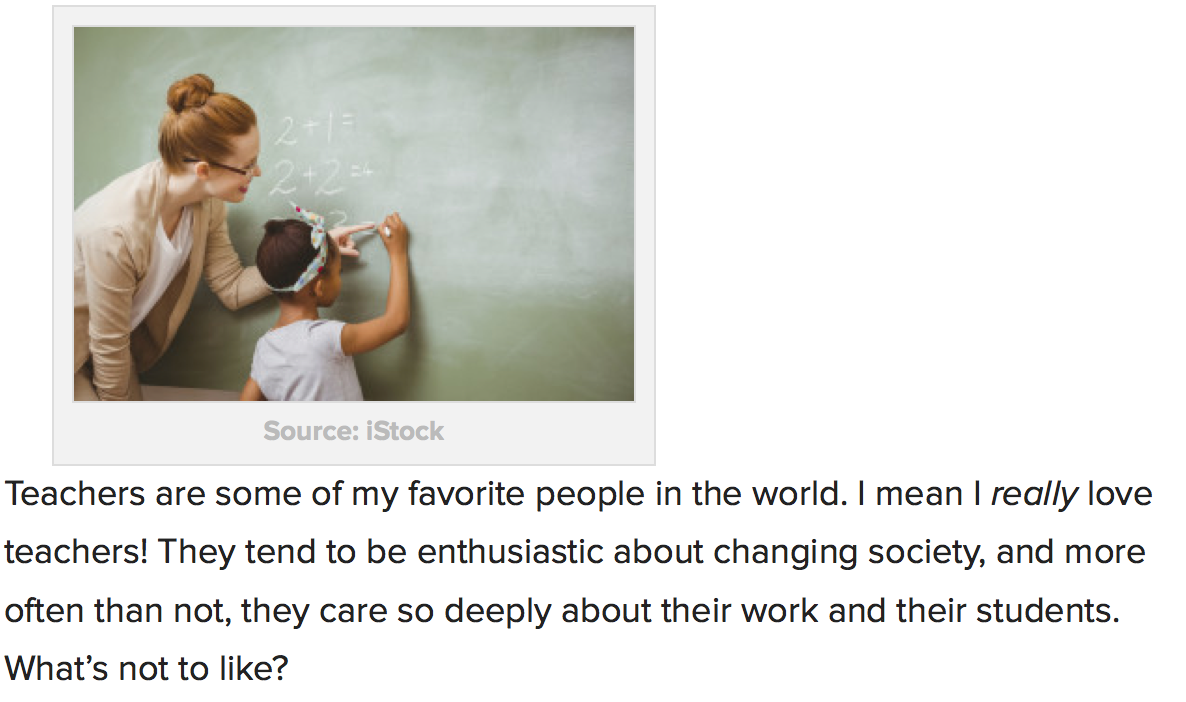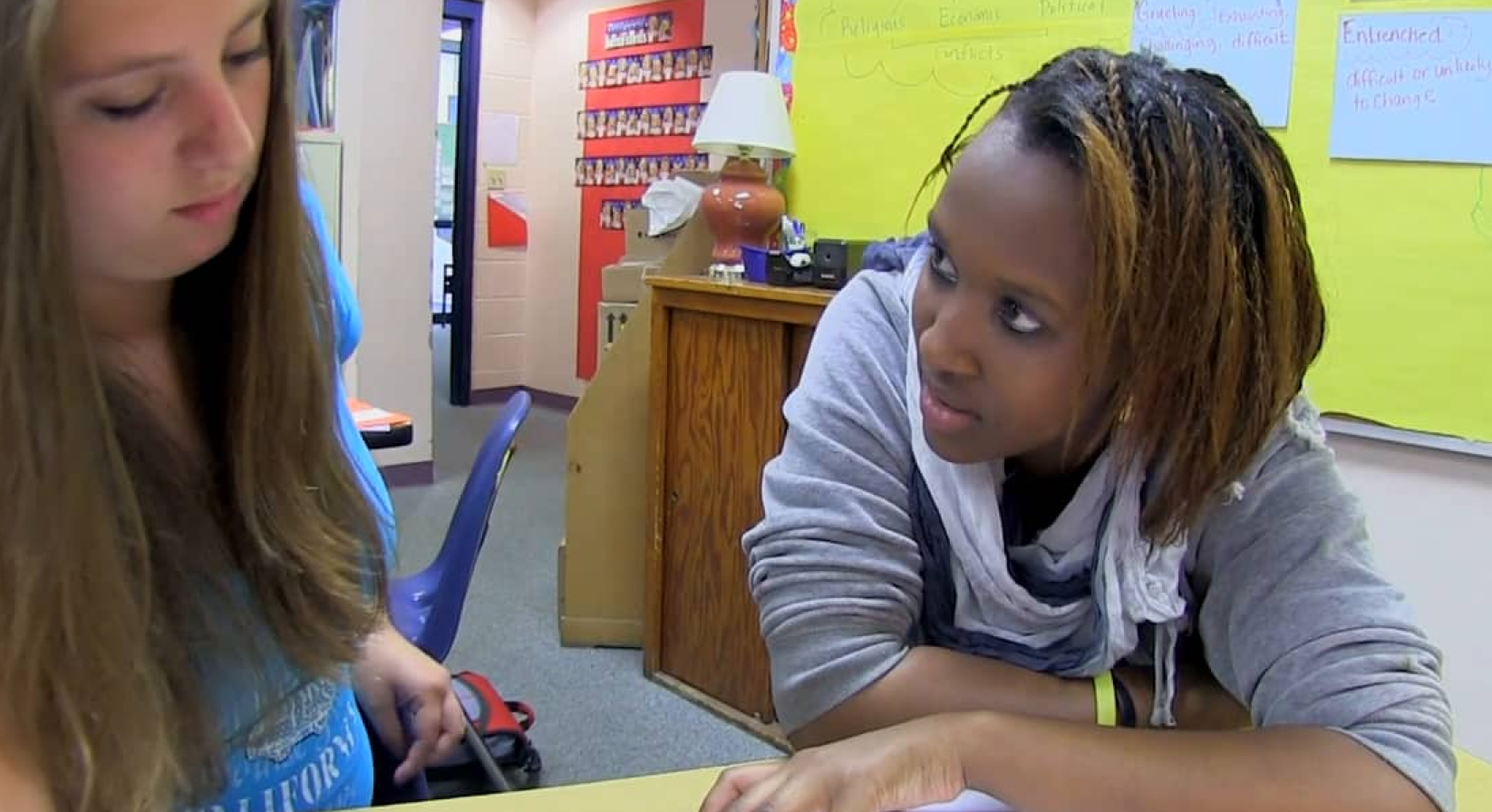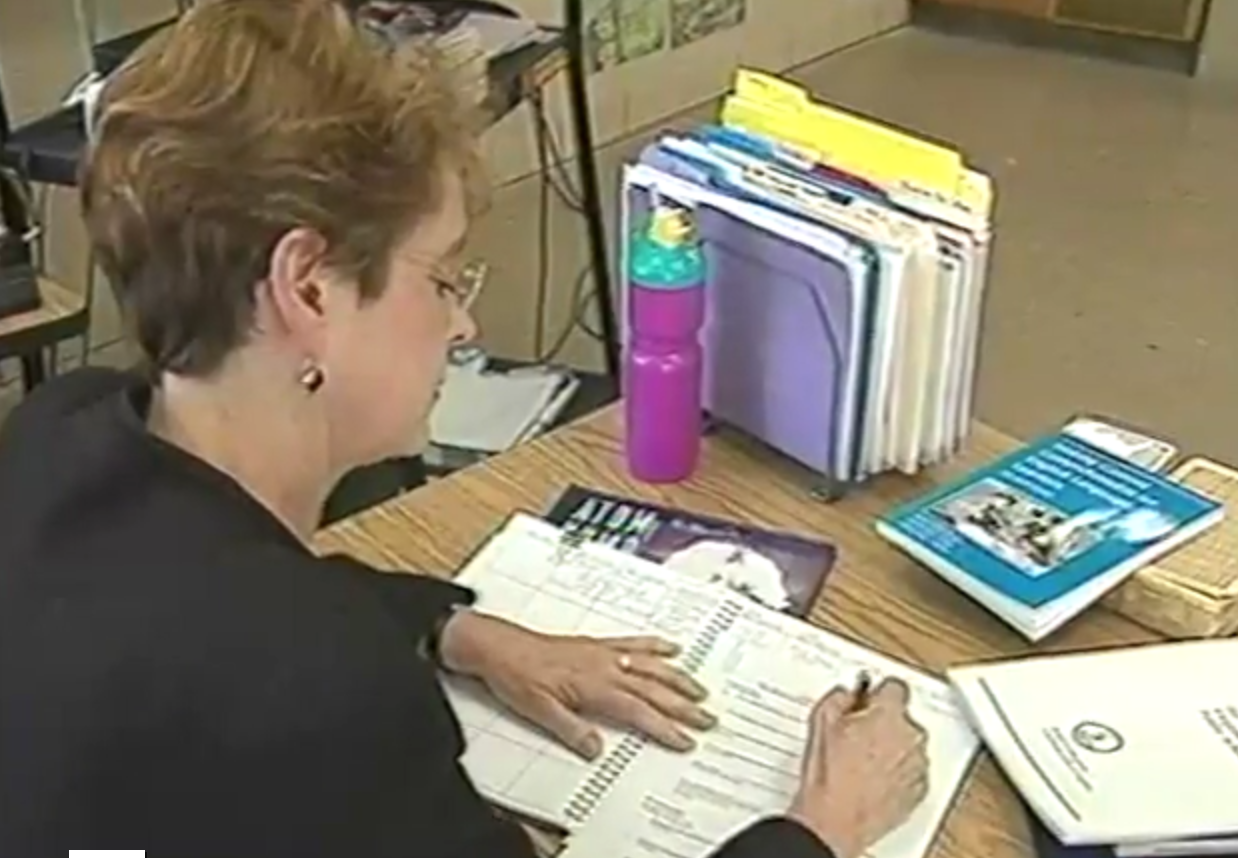Applied Linguistics No. ELL-ED-138 (Non-Facilitated)
| Section | Name | Description |
|---|---|---|
Student Learning Outcomes:
Ariza, E. N. (2010). What every classroom teacher needs to know about the linguistically, culturally, and ethnically diverse student (2nd ed.). Upper Saddle River, NJ: Pearson Education, Inc. American Speech-Language-Hearing Association. (1983). Social dialects [Position Statement]. Retrieved from http://www.asha.org/policy/PS1983-00115.htm American Speech-Language-Hearing Association. (2004). Knowledge and skills needed by speech-language pathologists and audiologists to provide culturally and linguistically appropriate services [Knowledge and Skills]. Retrieved from http://www.asha.org/policy/KS2004-00215/ Krashen, S. (1982). Principles and practices in second language acquisition. Oxford: Pergamon Press Bley-Vroman, R. (1989). What is the logical problem of foreign language learning? In S. Gass and J. Schachter (eds), Linguistic Perspectives on Second Language Acquisition. Cambridge: Cambridge University Press. Bley-Vroman, R., Felix, S. and Ioup, G. (1988). The accessibility of universal grammar in adult language learning. Second Language Research, 4, 1 32. Brown, R. and Hanlon, C. (1970). Derivational complexity and the order of acquisition in child speech. In J. Hayes (ed.), Cognition and the Development of Language. New York: John Wiley. Chomsky, N. (1975). Reflections on Language. New York: Pantheon. Dulay, H., Burt, M. and Krashen, S. (1982). Language Two. Oxford: Oxford University Press.* Ellis, R. (1990). Instructed Second Language Acquisition. Oxford: Blackwell. and (1994). The Study of Second Language Acquisition. Oxford: Oxford University Press. Fletcher, P. and Garman, M. (eds) (1986). Language Acquisition. Cambridge: Cambridge UniversityPress. Fry, D. (1977). Homo loquens. Cambridge: Cambridge University Press. Larsen-Freeman, D. and Long, M. (1991). An Introduction to Second Language Acquisition Research. London: Longman. Meisel, J., Clahsen, H. and Pienemann, M. (1981). On determining developmental stages in natural second language acquisition. Studies in Second Language Acquisition, 3, 109 35. O'Grady, W. (1987). Principles of Grammar and Learning. Chicago: University of Chicago Press. Peregoy, S. F., & Boyle, O. F. (2001). Reading, writing, and learning in ESOL: A resource book for K–12 teachers. New York: Longman. Radford, A. (1990). Syntactic Theory and the Acquisition of English Syntax: The nature of early child grammars in English. Oxford: Blackwell. * Sachs, J., Bard, B. and Johnson, M. (1981). Language learning with restricted input: case studies of two hearing children of deaf parents. Applied Psycholinguistics, 2, 33 54. Skehan, P. (1989). Individual Differences in Second Language Learning. London: Edward Arnold. Towell, R. and Hawkins, R. (1994). Approaches to Second Language Acquisition. Clevedon: Multilingual Matters. Long, M., & Porter, P. (1985). Group work, interlanguage talk, and second language acquisition. TESOL Quarterly, 18, 207–227. Behazadi, A. and Sayadian, S. (2015) The Relevance of SLA Research to Language Teaching from Teachers‟ Perspective. International Journal of Educational Investigations Vol.2, No.1: 19-24, 2015, (January) Available online @ http://www.ijeionline.com Johnson, K. and Johnson H. eds. (1999) A Handbook for Language Teaching. Blackwell Publishers Ltd 1998, 1999 Anderson, J. A. (1988). Cognitive styles and multicultural populations. Journal of Teacher Education, 24(1), 2–9. Banks, J. A., & Banks, C. A. (1993). Multicultural education: Issues and perspectives (2nd ed.). Boston, MA: Allyn and Bacon. Baruth, L. G., & Manning, M. L. (1992). Multicultural education of children and adolescents. Boston, MA: Allyn and Bacon. Carolan, J. (2007). Differentiation: Lessons from master teachers. Educational Leadership, 64(5), 44-47. Diaz, C. (1989). Hispanic cultures and cognitive styles: Implications for teachers. Multicultural Leader, 2(4), 1–4. Hakuta, K., & Beatty, A. (Eds., 2000). Testing English language learners in U. S. schools: Report and workshop summary. Washington, DC: National Academy Press. Martiniello, M. (2008). Language and the performance of English language learners in math word problems. Harvard Educational Review, 78, 333-368. Rabinowitz, S. N., & Sato, E. (2006). The technical adequacy of assessments for alternate student populations: Guidelines for consumers and developers. San Francisco, CA: WestEd. Rivera, C., & Collum, E. (Eds.). (2008). State assessment policy and practice for English language learners: A national perspective. Mahwah, NJ: Erlbaum. Thurlow, M. L., Thompson, S. J., & Lazarus, S. S. (2006). Considerations for the administration of tests to special needs students: Accommodations, modifications, and more. In S. M. Downing & T. M. Haladyna (Eds.), Handbook of test development (pp. 653-673). Mahwah, NJ: Erlbaum. Young, J. W., Cho, Y., Ling, G., Cline, F., Steinberg, J., & Stone, E. (2008). Validity and fairness of state standards-based assessments for English language learners. Educational Assessment, 13, 170-192. Harry, B. & Klingner, J., (2006). Why are so many minority students in special education? Understanding race and disability in schools. New York, NY: Teachers College Press, Columbia University. Individuals with Disabilities Education Improvement Act of 2004, H.R.1350,108th Congress (2004). Marzano, R. J. (2003). What works in schools: Translating research into action. Alexandria, VA: Association for Supervision and Curriculum Development. Tomlinson, C. A. (2003). Fulfilling the promise of the differentiated classroom. Alexandria, VA: Association for Supervision and Curriculum Development. McIntyre, T. (1993). Reflections on the impact of the proposed definition for emotional and behavioral disorders: Who will still fall through the cracks and why. Behavioral Disorders, 18(2), 148–160. Ogbu, J. (1988). Class stratification, racial stratification, and schooling. In L. Weiss (Ed.), Class, race, and gender in American education (p. 163). Albany, NY: State University of New York Press. Paradis, J. (2005). Grammatical morphology in children learning English as a second language: Implications of similarities with specific language impairment. Language, Speech, and Hearing Services in Schools, 36, 172-187. Ramirez, M., & Castaneda, A. (1974). Cultural democracy, bicognitive development, and education. New York, NY: Academic Press. Vogt, L. A., Jordan, C., & Tharp, R.G. (1987). Explaining school failure: Producing school success: Two cases. Anthropology and Education Quarterly, 18, 276–286. Wei, T. (1980). Vietnamese refugee students: A handbook for school personnel. Cambridge, MA: Lesley College (EDAC). Woo, J. (1985). The Chinese-speaking student: A composite profile. New York: Bilingual Education Multifunctional Support Center at Hunter College. Wolfe, P. (2001). Brain matters: Translating research into classroom practice. Alexandria, VA: Association for Supervision and Curriculum Development. |
||
|
||
| Module 1 | x |
|
x |
||
|
||
| Module 2 | x |
|
| Module 3 | x |
|
| Module 4 | x |
|
x |
||
x |
||
| Module 5 | x |
|
| Module 6 | x |
|
Whether a new literacy resource, a differentiated resource, a resource for inclusive classrooms, or one focused specifically on second language learners, let's share a resource and talk about it in this blog.
|
||
| Module 7 | x |
|
|
||
This resource from Edutopia offers a number of useful strategies that support every student by breaking learning up into chunks - or scaffolding. |
||
| Module 8 | x |
|
Ron Berger from EL Education demonstrates the transformational power of models, critique, and descriptive feedback to improve student work. Here he tells the story of Austin's Butterfly. First-grade students at ANSER Charter School in Boise, ID, helped Austin take a scientific illustration of a butterfly through multiple drafts toward a high-quality final product. |
||
| Module 9 | insert |
|
This is a very inspiring video that case studies three schools—Conservatory Lab Charter School in Boston, Santa Fe School for the Arts and Sciences, and Capital City Public Charter School in Washington, D.C.— to demonstrate the power of the arts to build richness and relevance in the classroom, and help students develop powerful skills and mindsets, and express truth, beauty, and joy. |
||
| Module 11 | x |
|
x |
||
| Module 12 |
|
|
Use this Sheltered Instruction Protocol to guide your assignment for this module. |
||
x |
||
| Module 13 | x |
|
| Module 14 | x |
|
| Module 15 | x |
|
| Module 16 | x |
|
x |
||
| Module 17 | x |
|
| Module 18 | x |
|
Students in Chris DiFulvio and Chris Leins’ eighth-grade classroom in Homer, NY work together to complete a Frayer Model to learn new vocabulary in the complex non-fiction text, Unbroken, by Laura Hillenbrand. |
||
Jessica Kauffman's sixth-grade class at Tapestry Charter School in Buffalo, NY, learns general academic vocabulary and scientific vocabulary in order to conduct a science experiment. |
||
The Supporting English Language Learners guidance document provides a high level overview of our system for supports for English language learners, including cultural and linguistic supports. Includes details on our use of the California English Language Development standards (ELD), and details about "language dives" and "conversation cues." Expeditionary Learning (EL), 2019 |
||
| Module 19 | How can we create environments that support multilingual students? |
|
Pat Mora is a Mexican-American author and poet. She writes short books for children about families, Mexican-American culture, and the desert. In this exclusive video interview with ¡Colorín Colorado! Pat Mora tells us about her childhood, her books, and Día de los Niños/Día de los libros. In this interview she discusses the importance of making cultural connections with students. |
||
| Module 20 | x |

 Read this article published through Teaching Tolerance (www.tolerance.org) and articulate your thoughts in the forum that follows.
Read this article published through Teaching Tolerance (www.tolerance.org) and articulate your thoughts in the forum that follows.
 Examine how literacy is scaffolded for these second language learners. What themes are common to what you have learned in this course so far?
Examine how literacy is scaffolded for these second language learners. What themes are common to what you have learned in this course so far? Watch this video to learn what the SIOP model is all about. The video is a little over one hour. Watch as much of it as you need to in order to understand what the SIOP model involves. You will design a SIOP lesson after responding in the forum that follows.
Watch this video to learn what the SIOP model is all about. The video is a little over one hour. Watch as much of it as you need to in order to understand what the SIOP model involves. You will design a SIOP lesson after responding in the forum that follows.